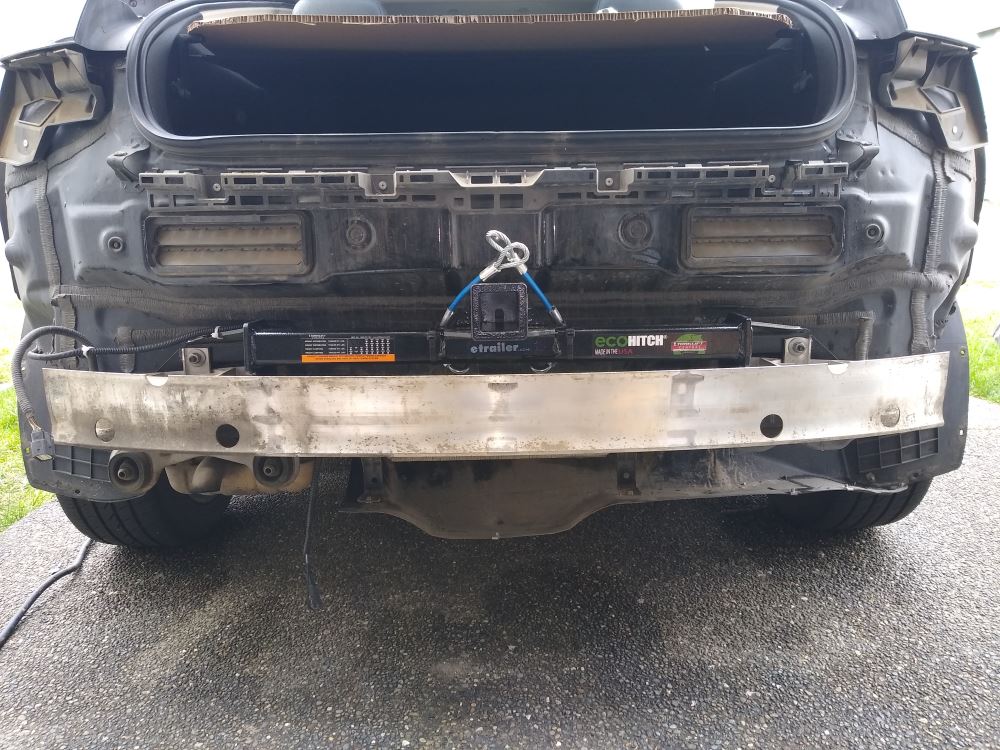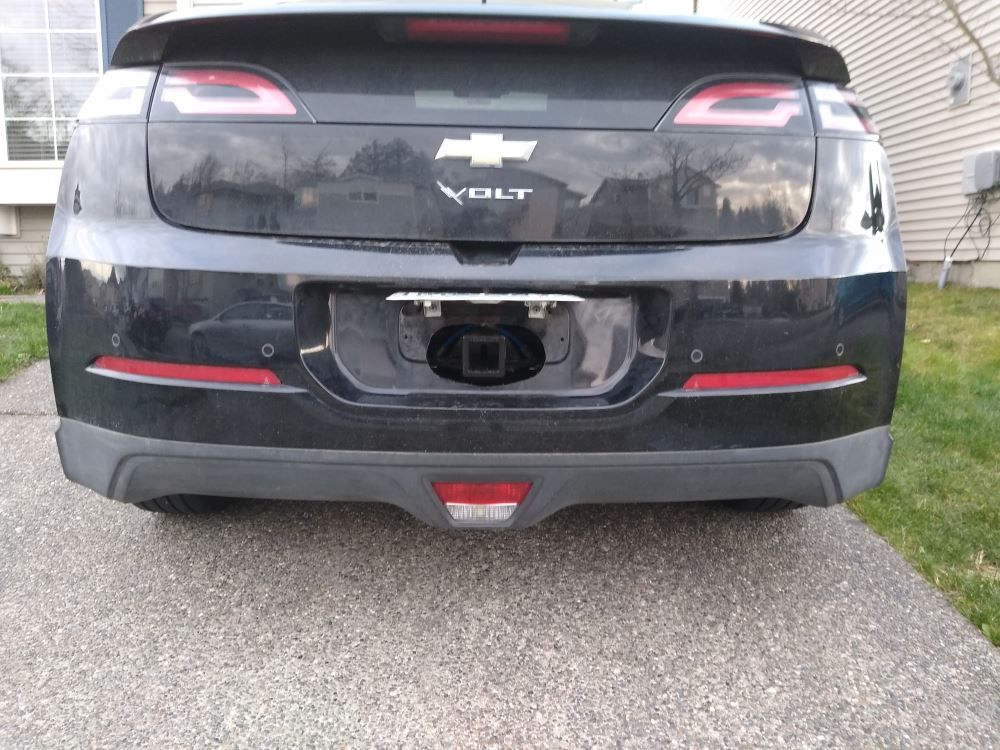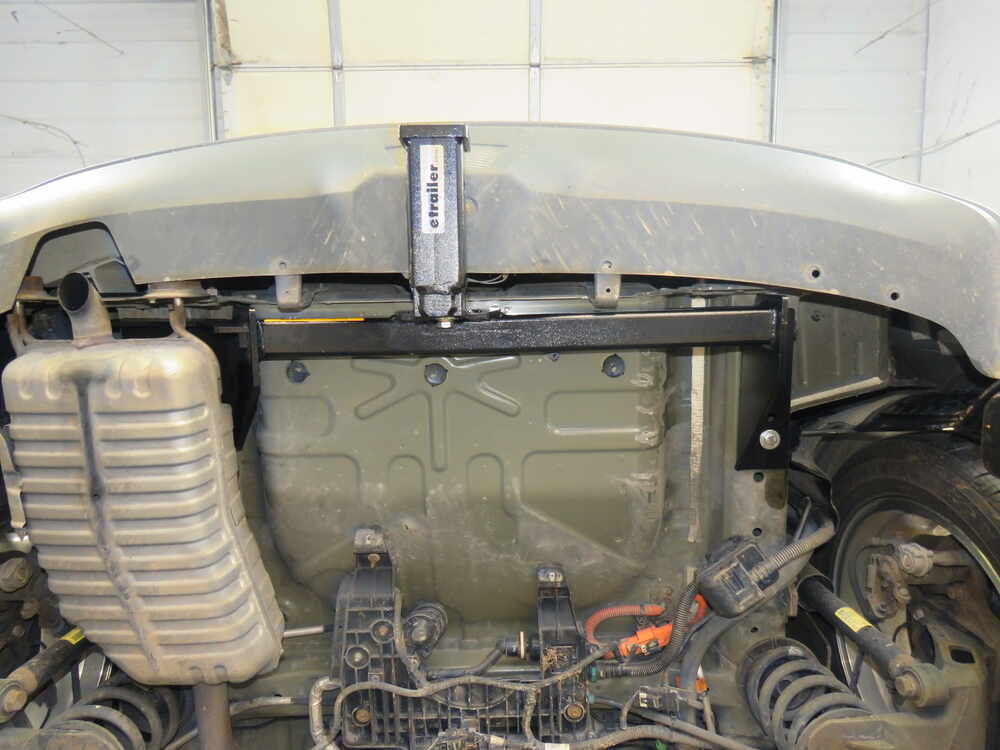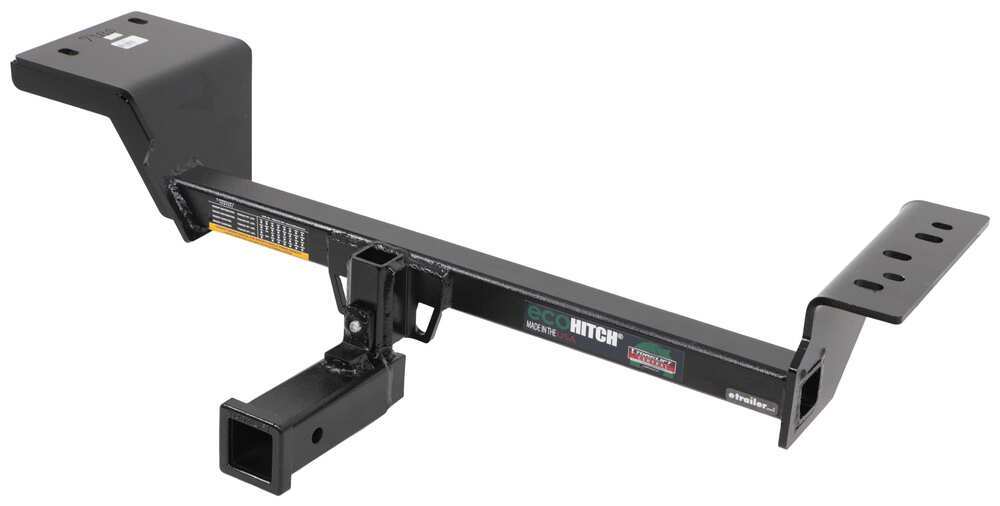Used Chevy Volt Ecohitch Trailer Hitch For Sale – Whether it's old furniture that no longer fits with their style, clothing that no longer fits, or electronics they no longer use, selling second-hand items allows individuals to recoup some of the money they spent on these goods. One of the major environmental concerns with new products is the waste that they often generate at the end of their life cycle. Some businesses are sold because the owner is ready to retire, while others might be sold due to financial difficulties or changes in the owner’s personal or professional life. It’s a small but significant way to make a positive impact on the planet, especially when one considers the volume of waste generated by fast fashion, electronic waste, and disposable goods. Success after the acquisition depends on a variety of factors, such as effective leadership, market conditions, and the buyer’s ability to make improvements and capitalize on growth opportunities. For the buyer, a car offers freedom, mobility, and a chance to create their own story on the road. For those who are passionate about antiques, art, and memorabilia, the second-hand market offers endless possibilities for finding unique and valuable items that can be passed down through generations or added to a collection. In the realm of real estate, for instance, selling a house is often an emotional and logistical challenge. Similarly, in relationships, individuals may feel as though they are selling themselves, presenting their best qualities and hoping for the best outcome. This connection between consumers and the creators of quality goods is something that’s been fostered for centuries. One of the primary reasons people turn to second-hand goods for sale is financial. Due diligence is a crucial part of the process, where the buyer investigates the business thoroughly to ensure that there are no hidden liabilities, potential risks, or operational inefficiencies. The rise of minimalist living, which emphasizes owning fewer, more meaningful possessions, has played a role in this shift. Most new items, particularly electronics, are designed with built-in obsolescence. These goods aren’t just products; they are symbols of craftsmanship, heritage, and pride. In fact, there’s been a resurgence of interest in artisanal, locally-made products, especially in industries like fashion, home decor, and food. A home is more than just walls and a roof; it’s where memories are made, where families grow, and where life unfolds. The materials used, whether it’s hardwood, durable fabrics, or premium upholstery, are chosen for their longevity and aesthetic appeal. The first and most obvious reason is the tangible benefits they offer. Influencers sell their attention, their opinions, their lives — all of it has become a form of commerce.

Chevrolet Volt EcoHitch Hidden EcoHitch trailer hitch for … Flickr
Shop our huge selectionfast shippingread ratings & reviewsdeals of the day

2013 Chevrolet Volt EcoHitch Invisi Trailer Hitch Receiver Custom Fit
Shop our huge selectionfast shippingread ratings & reviewsdeals of the day

2011 Chevrolet Volt EcoHitch Invisi Trailer Hitch Receiver Custom Fit
Shop our huge selectionfast shippingread ratings & reviewsdeals of the day

2015 Chevrolet Volt EcoHitch Stealth Trailer Hitch Receiver Custom
Shop our huge selectionfast shippingread ratings & reviewsdeals of the day

2012 Chevrolet Volt EcoHitch Invisi Trailer Hitch Receiver Custom Fit
Shop our huge selectionfast shippingread ratings & reviewsdeals of the day

2013 Chevrolet Volt EcoHitch Invisi Trailer Hitch Receiver Custom Fit
Shop our huge selectionfast shippingread ratings & reviewsdeals of the day

2015 Chevrolet Volt EcoHitch Stealth Trailer Hitch Receiver Custom
Shop our huge selectionfast shippingread ratings & reviewsdeals of the day

2011 Chevrolet Volt EcoHitch Invisi Trailer Hitch Receiver Custom Fit
Shop our huge selectionfast shippingread ratings & reviewsdeals of the day

2015 Chevrolet Volt EcoHitch Stealth Trailer Hitch Receiver Custom
Shop our huge selectionfast shippingread ratings & reviewsdeals of the day

2017 Chevrolet Volt EcoHitch Invisi Trailer Hitch Receiver Custom Fit
Shop our huge selectionfast shippingread ratings & reviewsdeals of the day
Second-hand items are typically sold for a fraction of their original price, making them an attractive option for individuals on a budget. This connection between consumers and the creators of quality goods is something that’s been fostered for centuries. A well-maintained, quality leather jacket may last a lifetime, whereas a low-cost alternative might only hold up for a couple of seasons. A blacksmith might craft a sword, a tailor might stitch a suit, and a potter might mold a vase. For when everything is for sale, it’s easy to forget that the most important things in life are not commodities; they are experiences, relationships, and moments of connection that cannot be measured in dollars and cents. People often feel like they are for sale, too, in various ways. The first and most obvious reason is the tangible benefits they offer. By purchasing second-hand goods, consumers help keep products circulating in the economy, giving them new life and purpose. A house can be bought, a car can be sold, a watch can be pawned. The sale and purchase of second-hand goods play a pivotal role in this transition, demonstrating how individuals can make a meaningful impact through everyday choices. But the financial aspect is only one part of the equation. Even in a marketplace where everything is commodified, there is still room for those moments and experiences that transcend value. They become part of the story of the buyer and the creator, connecting people to a tradition of excellence, heritage, and care. These items are often crafted with a sense of purpose, where every stitch, joint, and component is carefully considered to create a product that not only functions well but looks beautiful in the process. When consumers buy these goods, they are investing in both the product and the people behind it. These platforms often provide tools that help streamline the due diligence process, including access to financial documents, business valuations, and other relevant data. Social movements and grassroots organizations work tirelessly to provide resources and support to those who need it, often without expecting anything in return. When it’s put up for sale, it can bring with it a sense of loss, as if a piece of the seller’s life is being taken away. For people looking to furnish their homes, build a wardrobe, or invest in certain hobbies or collections, second-hand goods often provide a way to access items they might otherwise be unable to afford. This leads to the accumulation of waste that ends up in landfills, contributing to pollution and the depletion of valuable resources.
Once an agreement is reached, the final step is the legal transfer of ownership. We live in a society where people constantly trade their time for money, their expertise for compensation, their dreams for tangible rewards. Additionally, many second-hand items are still in excellent condition, having been gently used or well-maintained by their previous owners, further enhancing the appeal of these products. Whether it's old furniture that no longer fits with their style, clothing that no longer fits, or electronics they no longer use, selling second-hand items allows individuals to recoup some of the money they spent on these goods. For some, the thrill of hunting for unique, one-of-a-kind items is as much a part of the experience as the purchase itself. For when everything is for sale, it’s easy to forget that the most important things in life are not commodities; they are experiences, relationships, and moments of connection that cannot be measured in dollars and cents. Additionally, trends in sustainability and eco-conscious living have contributed to the growth of the second-hand market, as consumers become more aware of the environmental impact of their purchasing decisions. These concepts, they say, are too sacred, too important to be reduced to mere transactions. A well-made product simply performs better. These goods, once owned and used by someone else, offer a unique opportunity for both sellers and buyers to exchange items that might otherwise go unused. The concept of a circular economy, where products are reused and repurposed instead of discarded, is central to the appeal of second-hand goods. Used bookstores, both physical and online, offer an extensive selection of pre-owned books, from contemporary novels to classic literature. The appeal of finding a hidden gem, something that has been cherished by someone else and is now available for a new owner, is a part of the allure of second-hand goods. Moreover, buying second-hand items allows consumers to access unique and vintage products that may no longer be available in stores, offering a sense of individuality that is often missing from mass-produced, new items. Whether buying vintage clothing, upcycled furniture, or pre-owned electronics, the growing popularity of second-hand shopping reflects a broader desire for more sustainable, creative, and conscious ways of living. It’s about change, opportunity, and the negotiation of value. These generations are more aware of the environmental impact of fast fashion, disposable goods, and the need to adopt more sustainable practices. This shift from a linear economy, where products are made, used, and disposed of, to a circular one, where products are continually reused and repurposed, is a step towards a more sustainable and environmentally friendly world. Quality goods for sale are not just limited to luxury items or high-end brands. The dynamics of a sale can vary dramatically depending on the context.